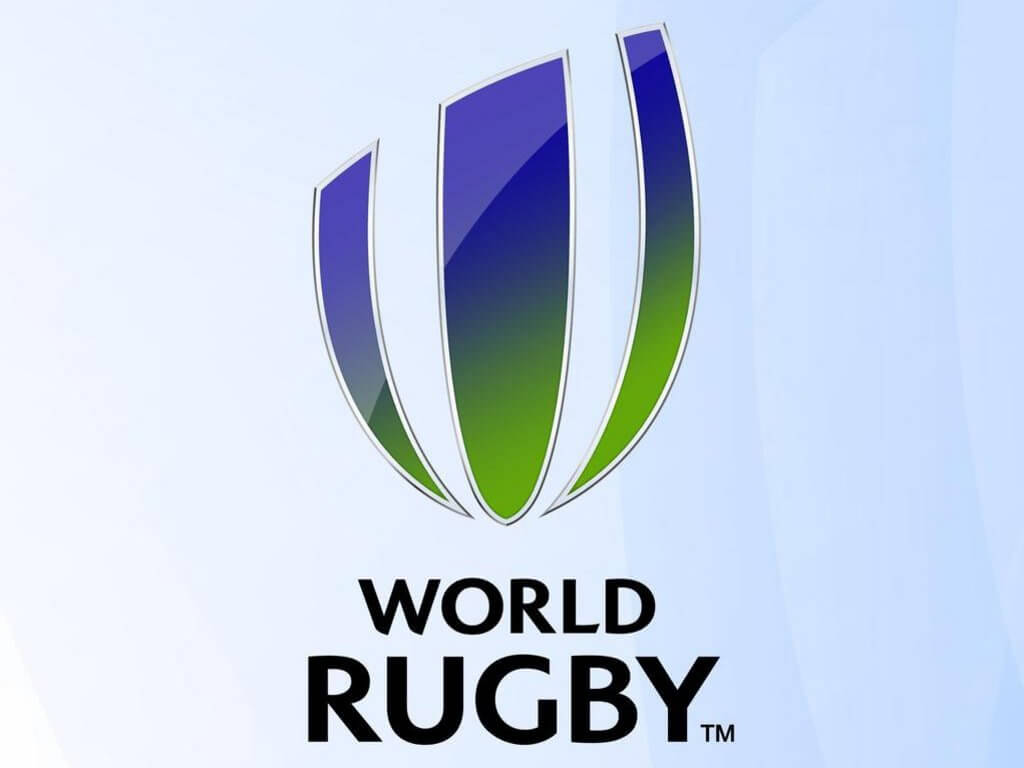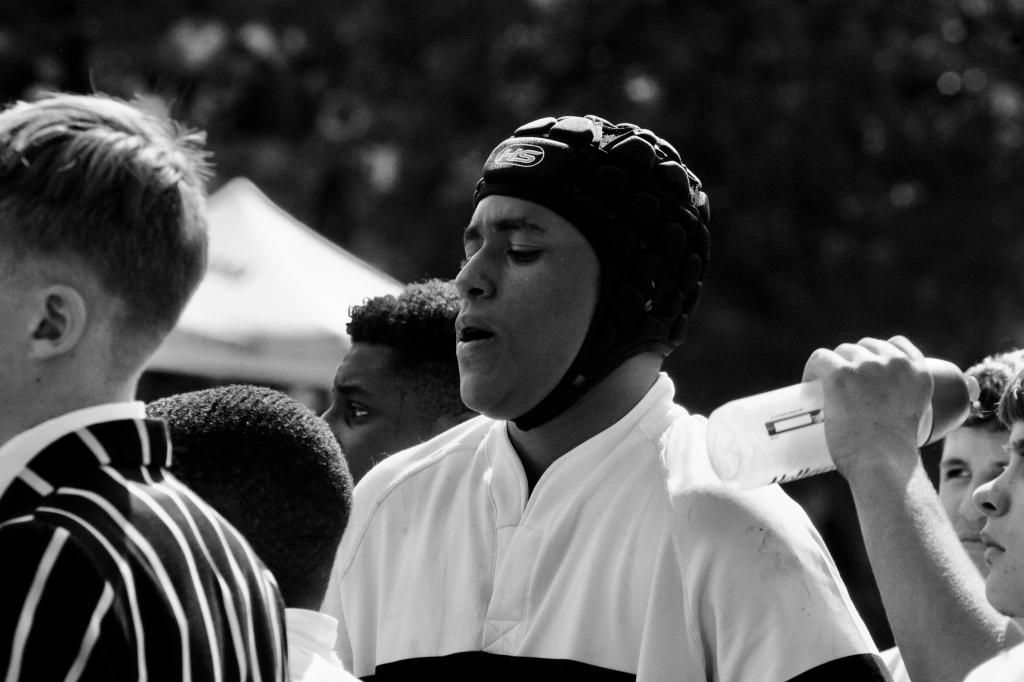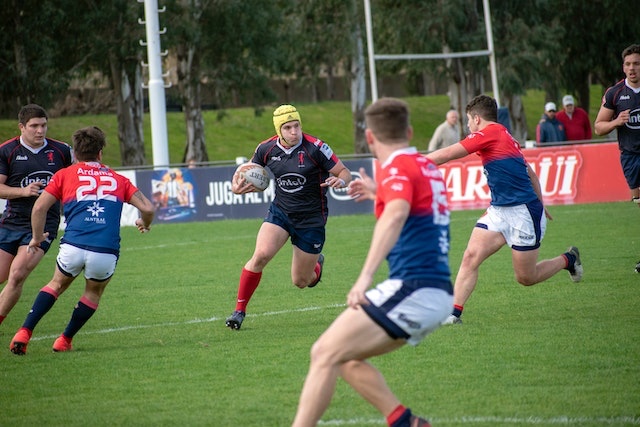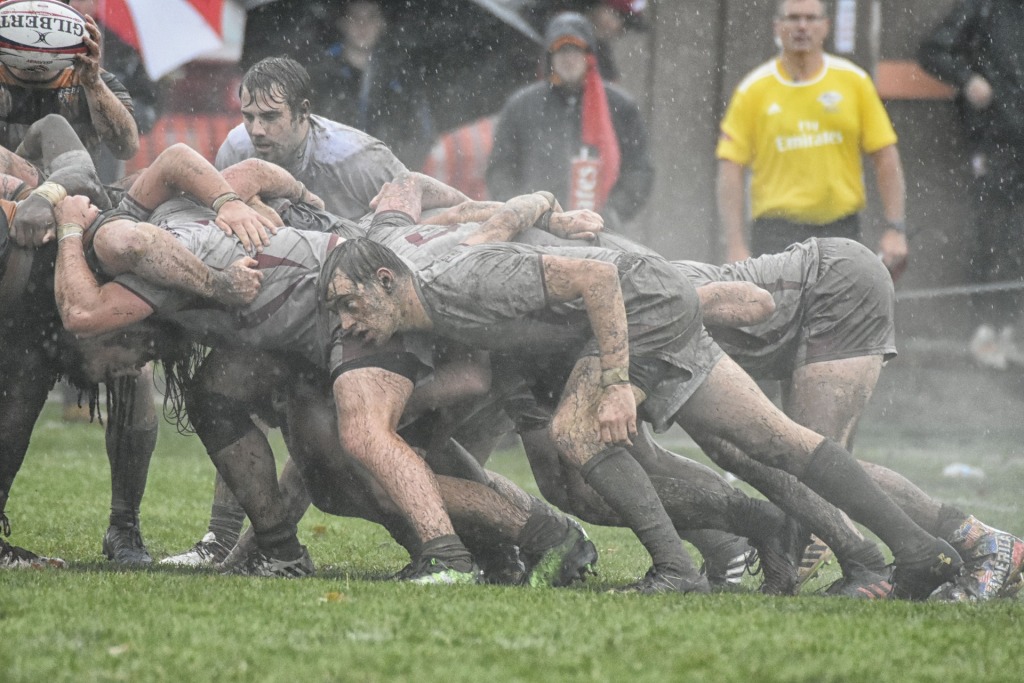With the Rugby World Cup 2023 in France fast approaching, rugby is bound to be on the minds of mainstream sports fans around the globe.
The world rugby rankings are a pretty big determining factor in deciding which pool each team has been placed in, so some people may be wondering exactly how do World Rugby rankings work?
How rugby union world rankings work isn’t exactly common knowledge, even amongst the most hardened regional and international rugby supporters, let alone the casual fans whose only exposure to the sport is the Rugby World Cup every four years.
That’s why we’ve taken it upon ourselves to give you a guide to the rugby world rankings and how they’re calculated, including a list of the latest rankings and how they’ve changed over time.
You may be surprised by how few teams have been at number one!
Skip to:
How do rugby world rankings work?
Current Rugby World Rankings (2022)
The Best (and Worst) Each Team Has Ranked
World rugby rankings over time
What happens to world rugby rankings during the RWC and the Six Nations?
How do rugby world rankings work?
International rugby world rankings are calculated using what they call a ‘points exchange system’.
Basically, two teams play each other, whatever one side gains, the other loses. The points distribution relies mainly on the result of the match and some other factors listed below:
- Result of the match
- Strength of each team
- How much they won/lost by (margin of victory or defeat)
- Home advantage is also a factor as there’s something called a ‘home allowance’
The ‘strength of the team’ is decided using the rankings. Each team has a rating between 0 and 100, with the top sides in the world scored above 80 and number one usually topping 90. Kind of similar to the ratings on EA Sports Rugby ‘08 or Rugby World Cup 2011, we guess!
How are rugby world rankings calculated? Example…
This bit can get a bit complex, but stay with us.
First, they check the pre-match ratings. For the sake of giving an example, let’s say Ireland are rated 76.92 and South Africa are rated 76.36 and just one place below.
They then take into account the home advantage and do the math which basically means that Ireland, the home side, will pick up less points for winning and drop more points for losing – because they’re expected to win. In this case, they’d add three points to Ireland’s rating, making them 79.92, while South Africa stay the same.
The gap between the ratings is then calculated, which is 3.56. The ratings gap is then checked against the “core ratings change”, which is basically a table telling them how the ratings would change each either team were to win or lose.
In this case, if Ireland won, their rating would go up 0.64, while South Africa’s would decrease by the same amount. If SA won, their rating would increase by 1.36, while Wales’ would drop by the same amount.
Basically, if the team isn’t expected to win, they’re rewarded with more ranking points.
If the game is won by more than 15 points, the rating change (0.64 or 1.36) is multiplied by 1.5, for example.
So, let’s say Ireland won the match 23-10, with the points exchange being 0.64, Ireland would increase to 77.57 while South Africa would slump to 75.72.
Make sense?
Rugby World Rankings in 2022
As per the rugby world rankings, (as November 2022) here’s how the teams stand at the moment:
- Ireland (90.03)
- France (89.41)
- South Africa (89.00)
- New Zealand (87.30)
- England (86.25)
- Scotland (81.93)
- Wales (81.28)
- Argentina (81.21)
- Australia (80.65)
- Japan (77.74)
These could change at any time, so give us a Tweet to let us know that if needs updating!
You might like: Who Invented Rugby?
Best and worst each team has been ranked
The WORST New Zealand rugby team have ever ranked is 3rd in the world – not too bad, huh?
Here’s how some of the other sides were ranked at their best and worst:
- Australia: Best – 2nd, Worst – 7th
- England: Best – 1st, Worst – 8th
- France: Best – 2nd, Worst – 10th
- Ireland: Best – 2nd, Worst – 9th
- New Zealand: Best – 1st, Worst – 3rd
- Scotland: Best – 5th, Worst – 12th
- South Africa: Best – 1st, Worst – 7th
- Wales: Best – 2nd, Worst – 10th
Just three teams have been ranked as number one since the world rugby rankings were introduced in 2003!
World rugby rankings over time
The world rugby rankings system was introduced in 2003, just before the World Cup of that year, with England taking the top spot and remaining there until June 2004, where New Zealand took over.
The All Blacks remained there until South Africa won the World Cup in 2007, becoming the third team to be top of the rankings.
The ABs and South Africa then swapped back and forth during 2008 and 2009, but since New Zealand regained the top spot in November 2009, they’ve remained there.
That’s almost a decade as the world’s best rugby team, officially.
What happens to world rugby rankings during the World Cup and the Six Nations?
Points won or lost during World Cup finals matches are doubled in order to recognise just how important and illustrious the event is, giving the teams an added motivation to perform.
All other full international matches, where the players are capped, are treated the same.
Any match that is not a full international between two teams that are members of World Rugby do not count towards rankings at all.
You might like:





Leave a comment